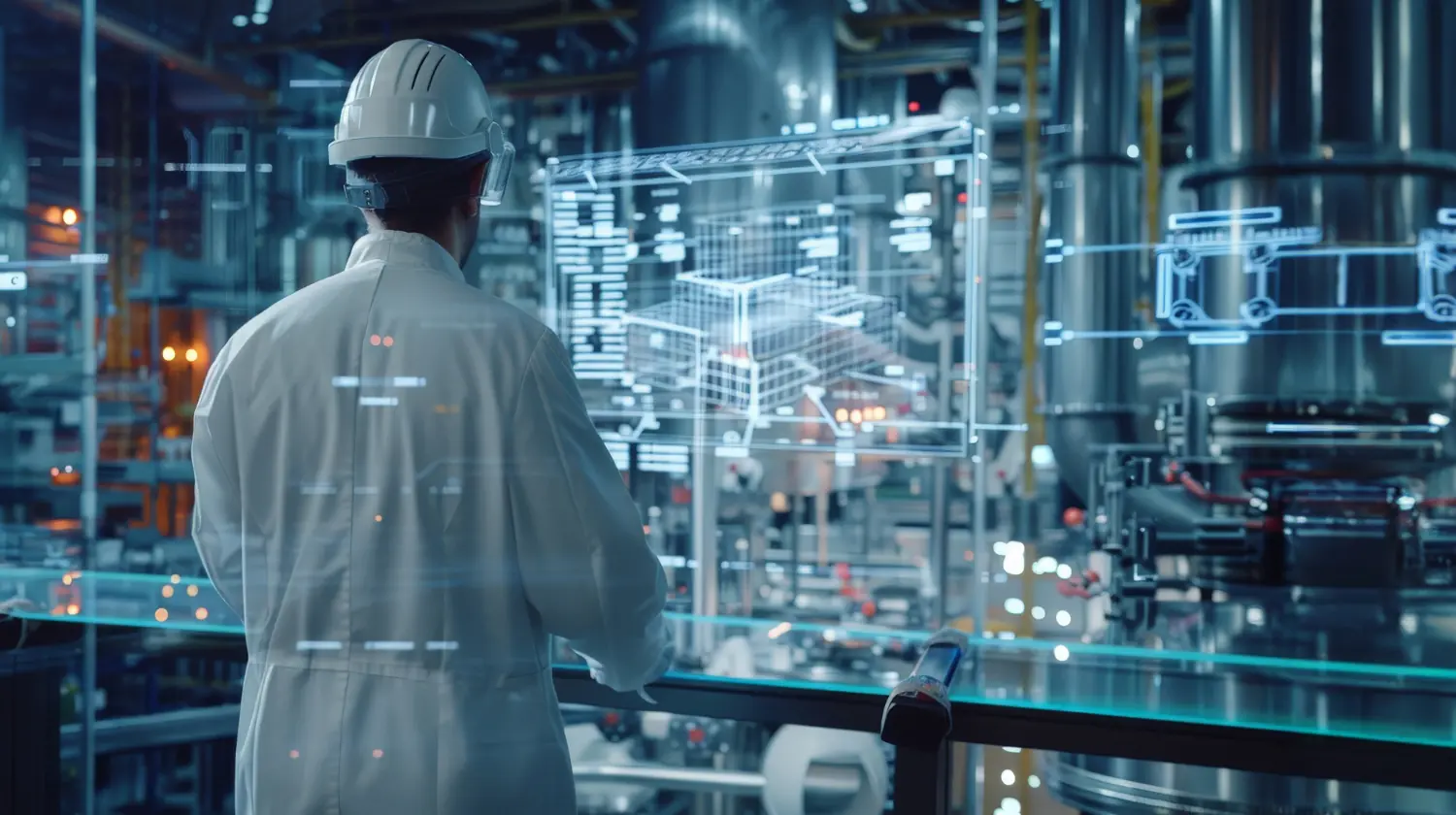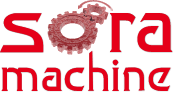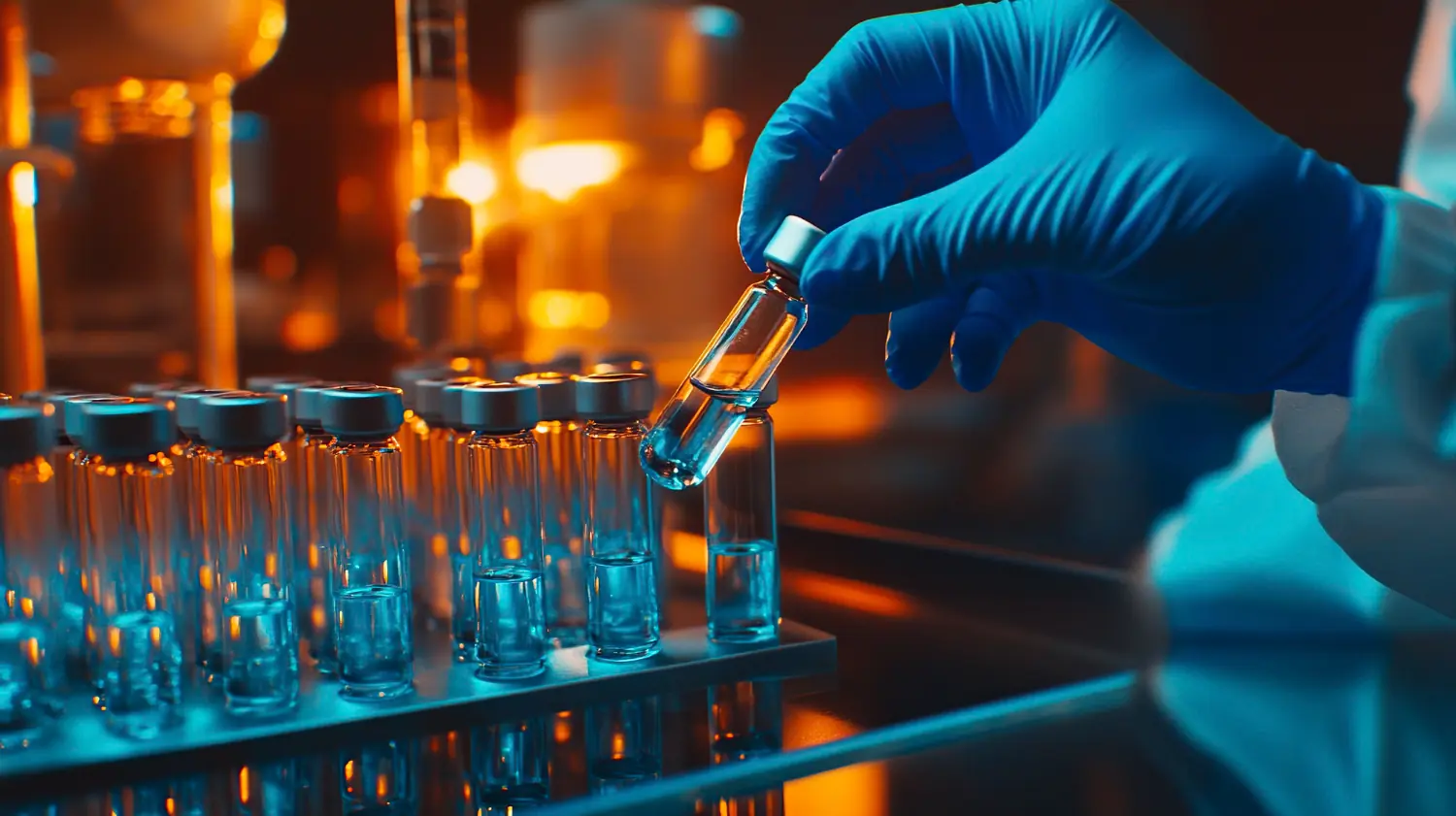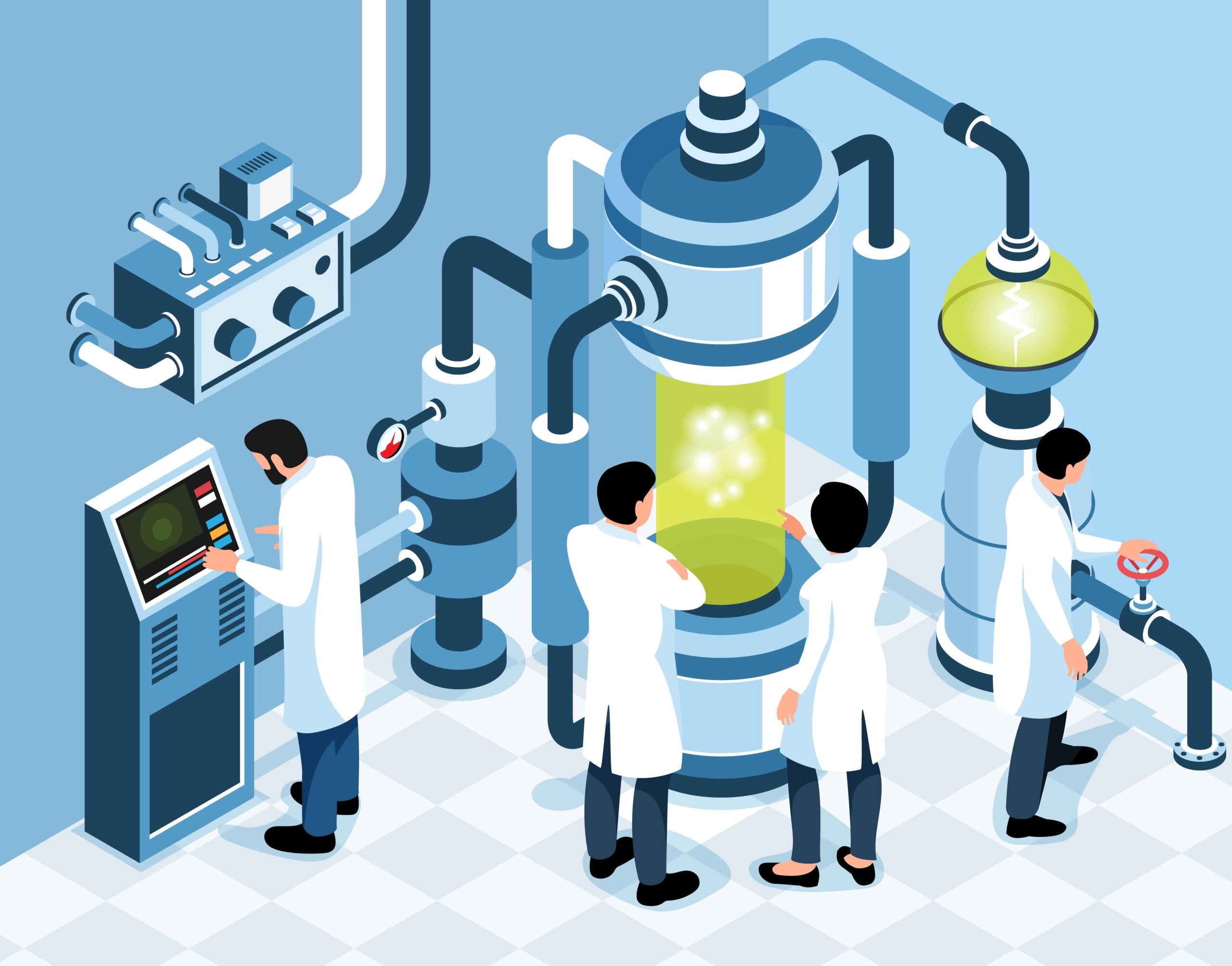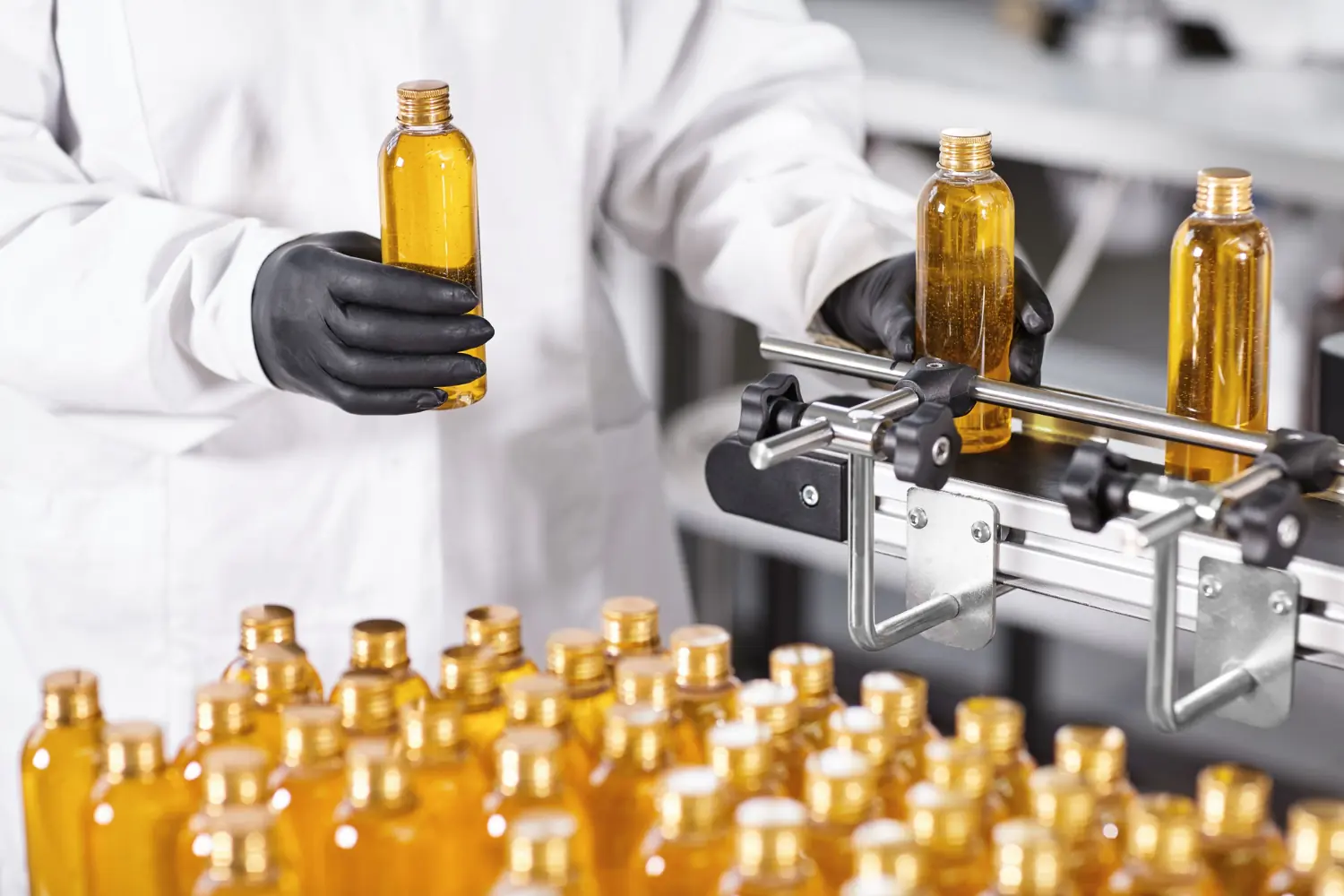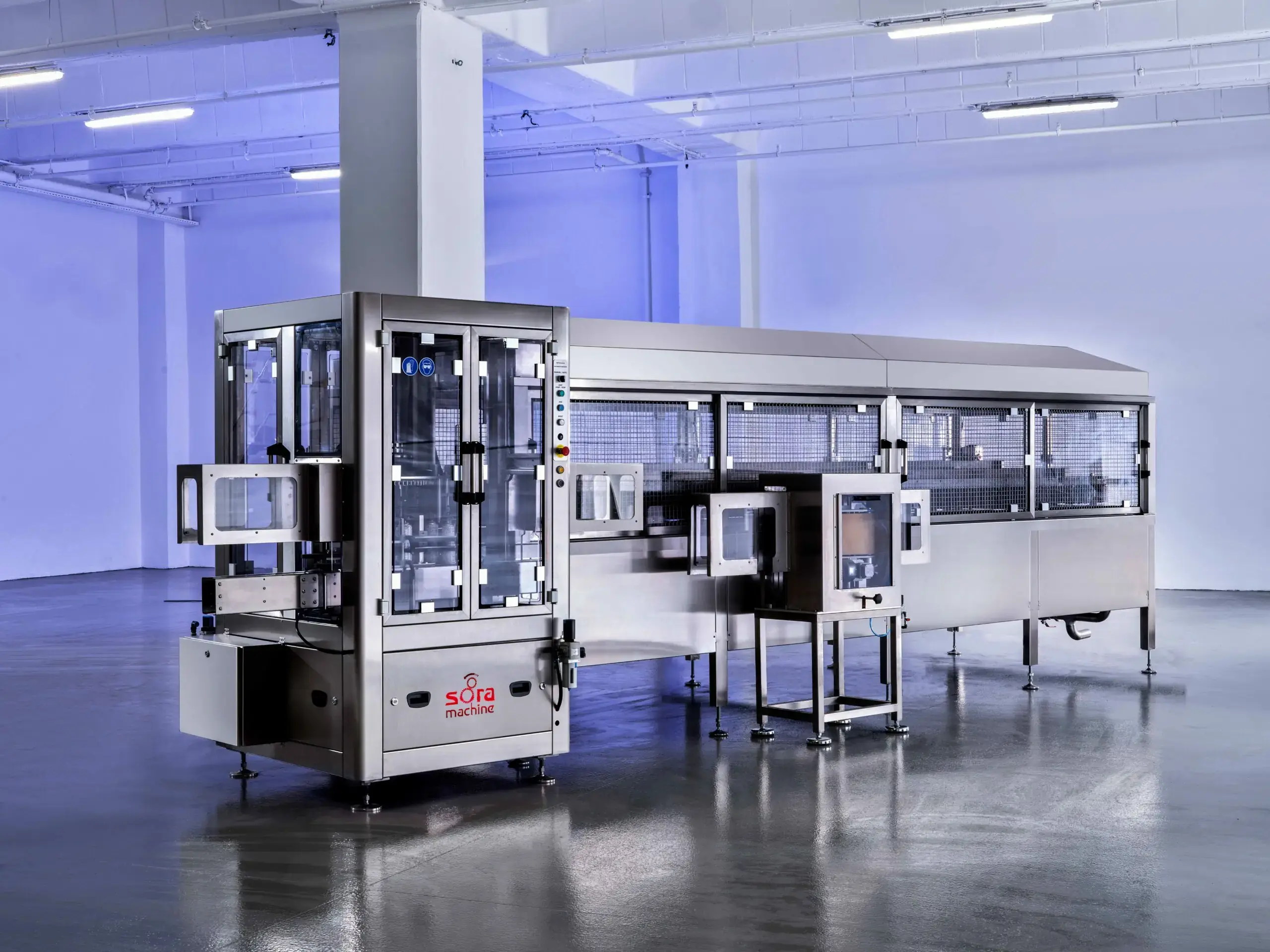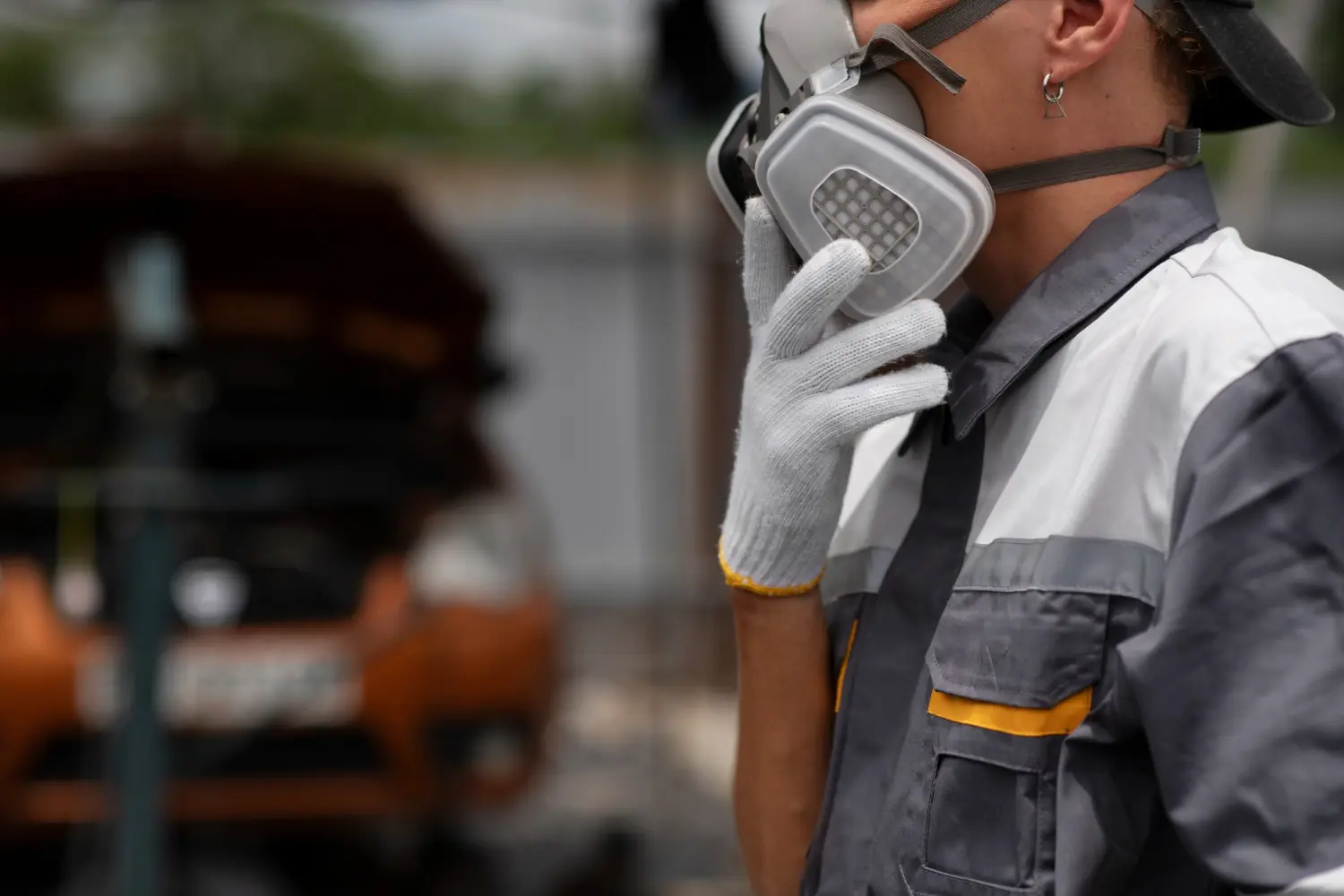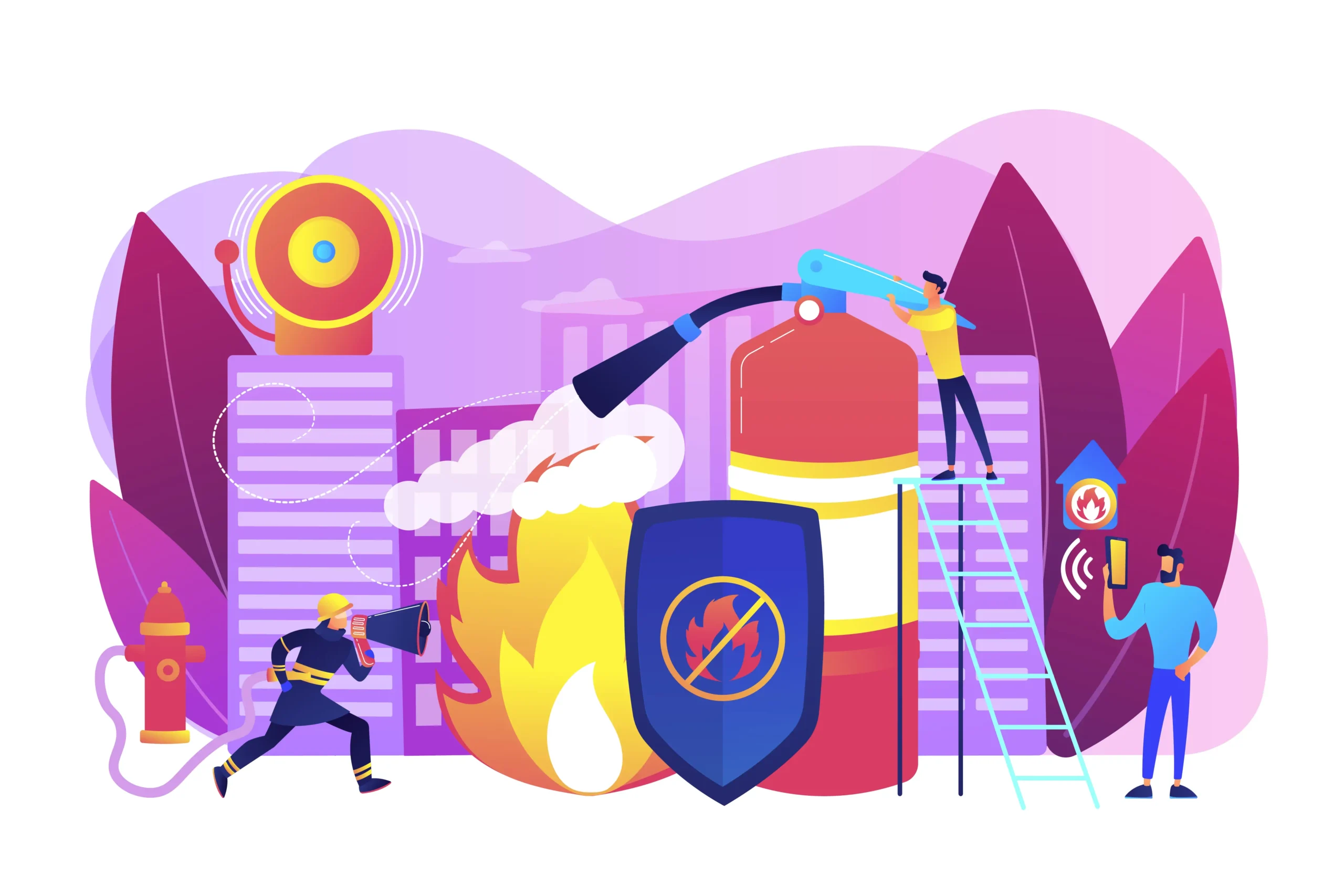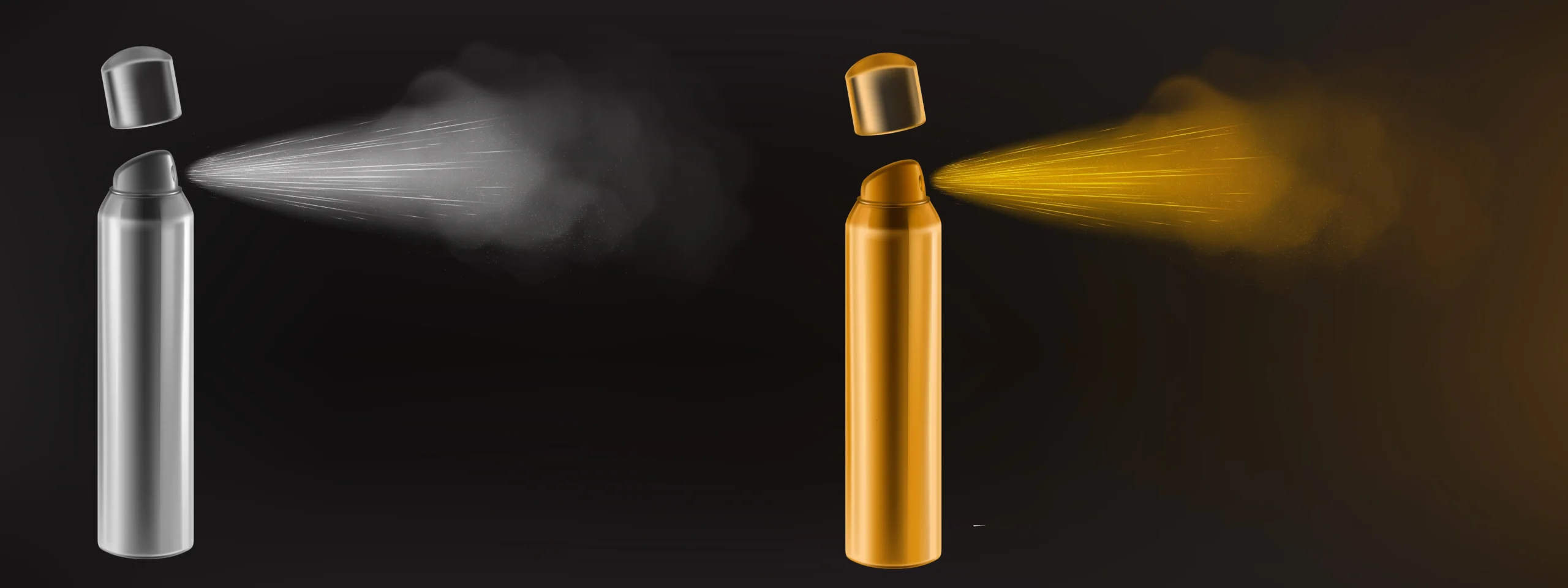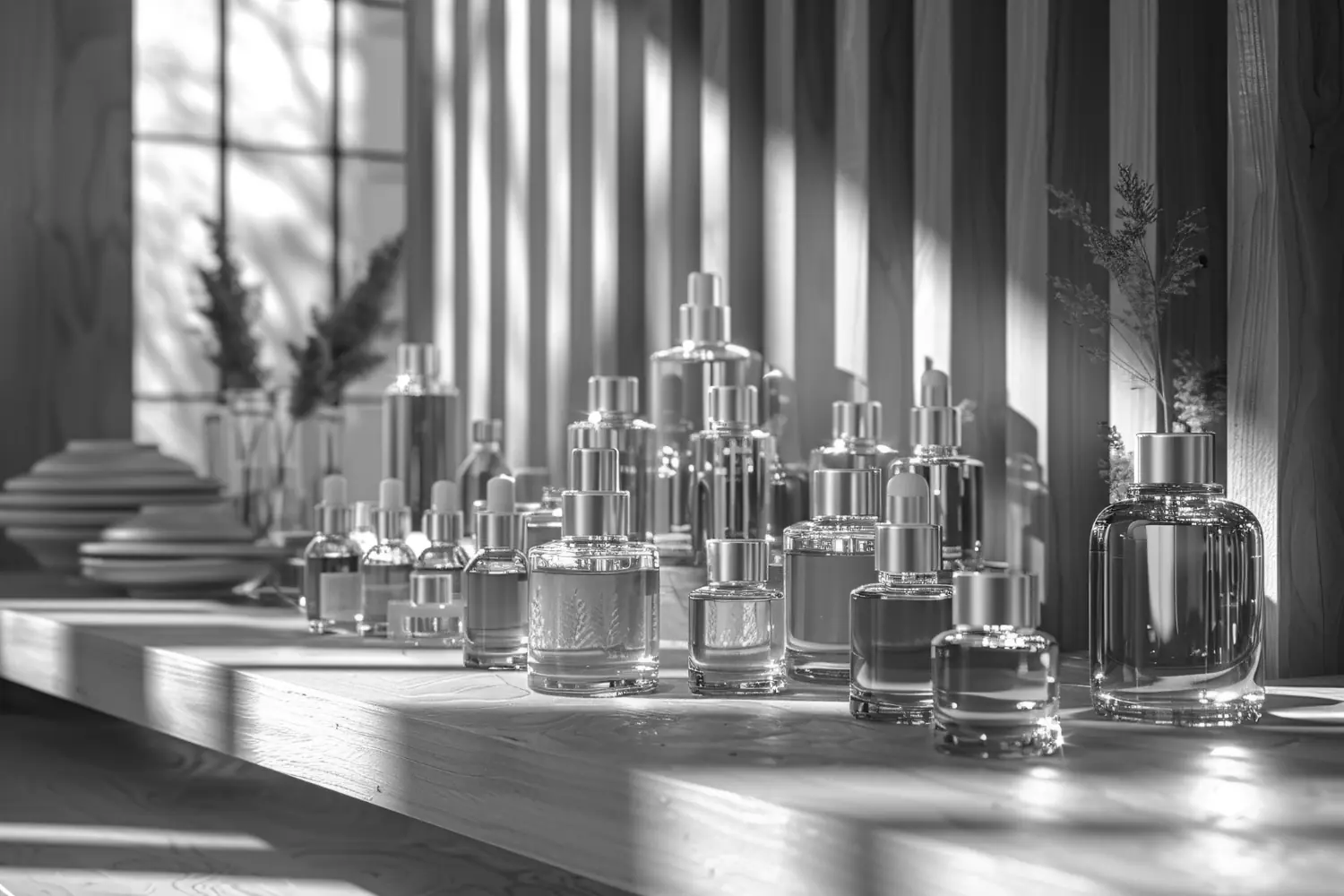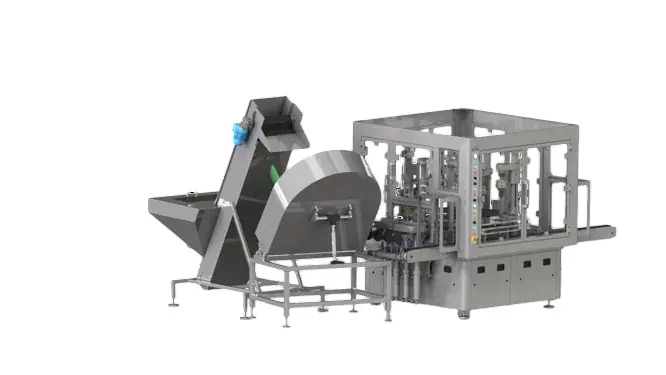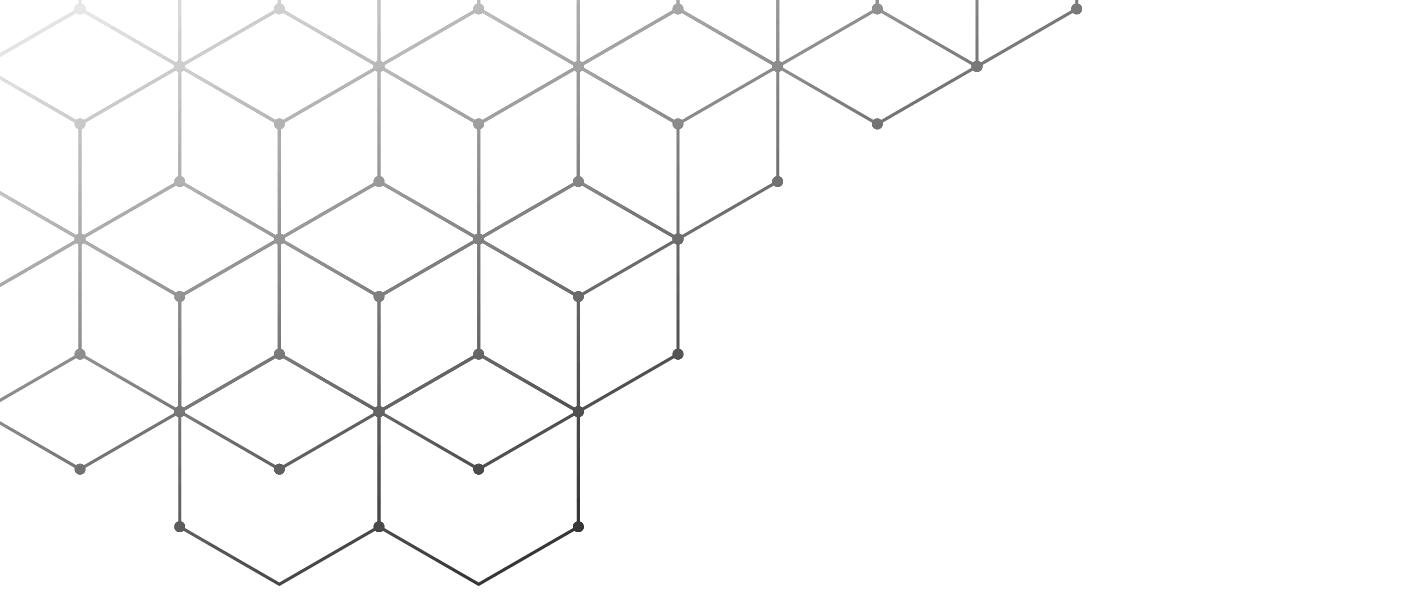Setting up a high-capacity aerosol filling plant is a significant financial undertaking. It involves careful planning and a thorough understanding of all associated costs, from initial investment to long-term operational expenses. This guide provides a detailed breakdown of the key factors that influence the total cost of setting up and running a high-capacity aerosol filling plant.
How Much Capital Is Required to Set Up a High-Capacity Aerosol Filling Plant?
Setting up a high-capacity aerosol filling plant requires significant capital investment. The cost can vary greatly depending on the plant’s size, the complexity of the filling process, and the level of automation required. For a basic setup, you might be looking at an initial investment ranging from hundreds of thousands to several million dollars. This includes the cost of land, facility construction, machinery, and installation, as well as any additional infrastructure needs like utilities, storage, and safety systems. Businesses planning to set up a high-capacity aerosol filling plant can explore the essential equipment and initial costs for establishing an aerosol laboratory to better manage their investment and production planning.
The cost is primarily driven by the filling equipment, automation systems, and capacity of the production line. Larger capacity plants with fully automated systems will naturally require a higher investment compared to smaller, semi-automatic setups.
Which Expenditure Items Most Significantly Affect the Setup Cost?
Several expenditure items have a direct impact on the overall cost of setting up an aerosol filling plant. Here are the key areas that significantly influence your investment:
- Filling Equipment: This is by far the largest cost component. The type of filling equipment chosen—whether automatic or semi-automatic—and its capacity will determine the bulk of the expense.
- Automation and Control Systems: As automation becomes more prevalent in industrial production, the cost of incorporating automated systems such as robotics, PLC systems, and conveyors can add a lot to the overall investment.
- Facility Construction and Design: If you’re building a new facility or expanding an existing one, the construction costs can add up quickly. This includes everything from purchasing land to building the plant and installing the necessary utilities.
- Certifications and Safety Compliance: Adhering to regulatory standards and certifications such as CE, ATEX, and ISO will incur additional costs. These certifications ensure that the plant meets safety and quality standards and can be sold in various markets.
How Are Filling Line Equipment Priced?
Filling line equipment costs depend on several factors, such as the type of filling technology used, the size and capacity of the machine, and the complexity of the system. Here’s a breakdown of common equipment pricing:
- Filling Machines: A semi-automatic filling machine might cost less than a fully automatic system, but the latter will be able to handle higher capacities and be more efficient in the long run.
- Capping and Sealing Equipment: These machines are also essential. Specialized systems for screw caps, snap-on caps, or pump caps will add to the price.
- Packaging and Labeling Systems: Packaging and labeling machines are another cost consideration depending on the complexity and type of packaging.
- Auxiliary Equipment: Additional systems for product inspection, mixing, storage, and material handling are also priced based on complexity and capacity.
How Much Do Energy, Labor, and Facility Costs Play a Role?
Aside from the capital costs for machinery and infrastructure, ongoing energy, labor, and facility costs are essential to consider when setting up an aerosol filling plant.
- Energy Costs: Aerosol filling plants often require significant energy to operate, especially in high-capacity settings. This includes electricity for the filling machines, heating and cooling systems, and compressed air systems for pneumatic operations. These costs can add up, particularly in automated systems where continuous operation is required.
- Labor Costs: Even with automation, skilled labor is still required for machine operation, maintenance, and quality control. Labor costs will vary depending on the plant’s location and the level of automation in the process.
- Facility Costs: Rent or property purchase, insurance, and maintenance of the facility can all add up over time. These costs should be factored into the long-term financial plan for the plant, as they are recurring and can have a significant impact on overall profitability.
How Does the Price Difference of Aerosol Filling Machines Vary According to Capacity?
The price of aerosol filling machines can vary significantly based on the production capacity of the system. The price difference is mainly driven by the production speed, complexity of the machine, and additional features like automation and customization for different can sizes.
Do Certifications Like CE and ATEX Increase the Cost During Setup?
Certifications like CE and ATEX, and others designed for hazardous environments, can indeed increase the cost of setting up an aerosol filling plant. These certifications ensure your equipment meets safety standards and is compliant with industry regulations, which is crucial when working with pressurized products like aerosols. The ATEX certification, for example, is necessary if the equipment is used in potentially explosive environments, which may add a significant cost to machinery and facility setup.
While these certifications may increase upfront costs, they are vital for ensuring compliance with local laws and for market access in certain regions. In the long run, they can help avoid fines, legal issues, and ensure the safety of your workers.
What Is the Return on Investment Period for Advanced Automation Systems?
The return on investment (ROI) for advanced automation systems can vary depending on factors like production volume, energy savings, and labor efficiency. Typically, fully automated systems have a longer ROI period but pay off in the long run by reducing labor costs and increasing production efficiency.
On average, the ROI for automated systems in an aerosol filling plant can range from 2 to 5 years. However, the more automated the system, the quicker the ROI, as it leads to reduced downtime, fewer errors, and higher production speeds.
How Do Government Incentives and Supports Like KOSGEB Affect This Investment?
Many governments offer incentives and financial support programs for industrial projects, including setting up filling plants. Programs like KOSGEB (Small and Medium Industry Development Organization) in Turkey provide grants and low-interest loans to support businesses in the manufacturing sector.
These incentives can help offset a portion of the initial setup costs and improve the financial feasibility of establishing a high-capacity aerosol filling plant. It’s important to research available incentives in your region and take advantage of any support programs to reduce your overall investment.
How Should the Total Cost of Ownership (TCO) Be Calculated?
Total Cost of Ownership (TCO) includes not only the initial investment but also ongoing expenses such as maintenance, energy, and labor costs. To calculate TCO, you should factor in:
- Initial Capital Investment: Machinery, infrastructure, and setup costs.
- Operating Costs: Labor, energy, and material costs.
- Maintenance Costs: Routine service and unexpected repairs.
By calculating TCO, you can gain a clear understanding of the long-term costs associated with your filling plant and make better investment decisions.
Setting up a high-capacity aerosol filling plant requires careful planning and significant investment. By considering factors like machinery costs, automation, energy usage, and government incentives, you can better manage the expenses and ensure a successful plant setup. Make sure to account for both the initial setup costs and ongoing operational expenses to get a complete picture of the investment needed for a profitable, high-capacity production line.
The complex relationship between the aerosol formulation and the filling line is critical for production efficiency and product quality. Characteristics like the product’s viscosity and density directly affect the calibration and speed of the machines. Therefore, a perfect harmony between the formulation and the filling process is essential for successful production.
